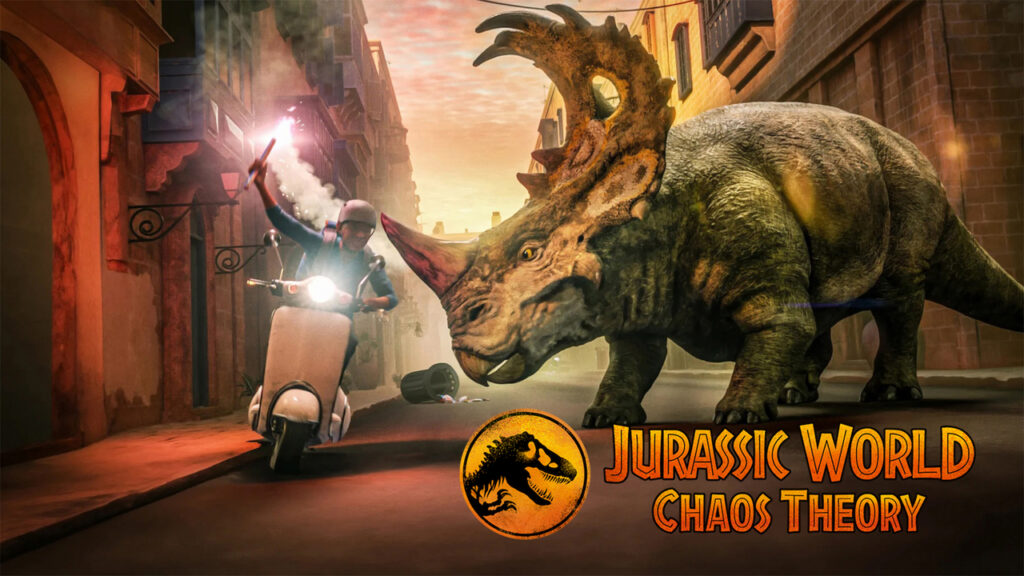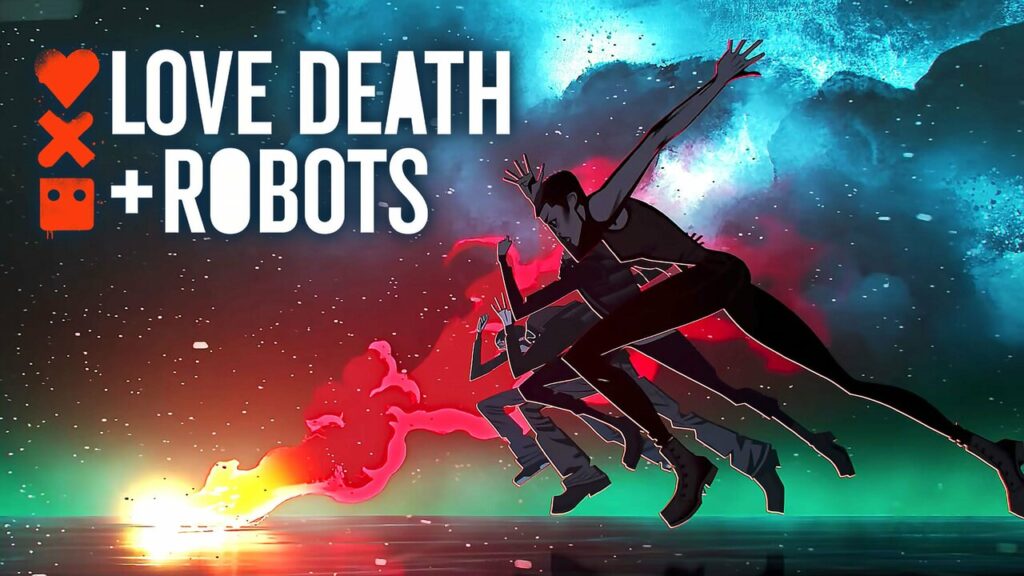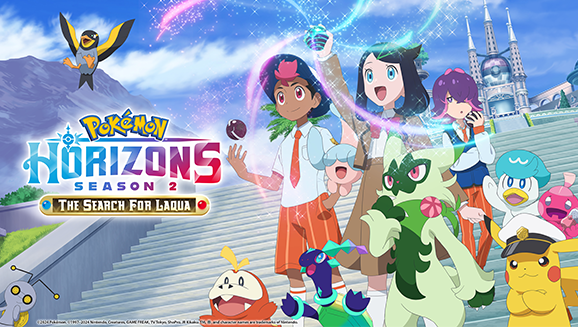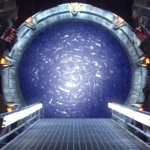
When does Jurassic World: Chaos Theory Season 4 premiere?
Season 4 Release Date:
November 20, 2025
Why Jurassic World: Chaos Theory Season 5 Was Cancelled at Netflix
When Jurassic World: Chaos Theory returned for its fourth season, it arrived as both a culmination and a farewell. After five years alongside the Nublar Six, across Camp Cretaceous and its darker, more mature successor, the animated corner of the Jurassic franchise reached a definitive endpoint. While Season 4 was marketed as the final chapter rather than an outright cancellation, the effect is the same for viewers wondering: Why isn’t there a Season 5?
The answer lies at the intersection of story design, shifting franchise strategy, production realities, and Netflix’s broader approach to animated series. Season 4 wasn’t a victim of poor performance so much as a show that reached the limits of its creative and industrial ecosystem.
A Five-Year Journey Reaches Its Natural Ending
From the beginning, Chaos Theory inherited a unique challenge: it wasn’t just a continuation of Camp Cretaceous, it was a bridge between Fallen Kingdom and Dominion. By jumping forward in time and aging its characters into young adults, the show assumed a darker tone and waded into narrative territory more closely aligned with the live-action films.
Season 4 reflects that ambition. Set during the explosive final act of Jurassic World Dominion, the season places the cast at the Biosyn sanctuary in the Dolomites, threading their actions into the margins of the film, right down to explaining why the Dilophosaurus are in the Hyperloop tunnels during Dodgson’s last stand. As showrunner Scott Kreamer has explained, the goal was to “bookend” the kids’ saga by returning them to a state of pure survival, echoing the stakes of the original Camp Cretaceous season.
With the Nublar Six in open confrontation with Biosyn’s killer-dino program and the Atrociraptors acting as the season’s engineered apex threat, Season 4 closes the loop narratively. By the end, every central arc, Brooklynn’s redemption, Ben’s fate, Dr. Wu’s attempt at forgiveness, reaches a point of resolution rather than setup.
That level of narrative completeness is the first major reason there is no Season 5: the story has come full circle. But that’s only one piece of the larger picture.
Netflix’s Increasingly Clear Limit for Animated Franchises
While Netflix rarely announces cancellations for animated projects, it has a consistent pattern: even successful animated originals often top out at 3-5 seasons. She-Ra, Kipo and the Age of Wonderbeasts, Jurassic World: Camp Cretaceous, Voltron, and Disenchantment all illustrate the trend.
A combination of factors drives this:
- Rising production costs per season, especially for CG-heavy shows with large ensemble casts
- Viewer retention curves; animated shows tend to lose more of their audience after the third season
- Internal budget shifting toward newer content to feed algorithmic novelty
- The “five-season financial wall,” where renewals become significantly more expensive because of talent raises, production overhead, and long-term contracts
Chaos Theory, being even more technically ambitious than Camp Cretaceous, sits squarely in this reality. Each season pushes cinematic animation quality, complex dinosaur behavior, large-scale action, and detailed locations that mirror their live-action counterparts. With every year, that costs more.
The result? Even popular animated shows often face “soft cancellation” once their narrative can be gracefully concluded. A fifth season for Chaos Theory would require not just creative justification but substantial financial motivation, something Netflix rarely greenlights unless a series is an unexpected megahit.
Ratings and Visibility: Strong but Not Transformative
Animated spinoffs of blockbuster franchises often perform well, but they inhabit a narrower segment of Netflix’s viewership window. Chaos Theory reached a consistent but not explosive audience: solid enough to justify continuation through Season 4, but not at the level that forces a platform to extend a series beyond its planned endpoint.
Key factors:
- The audience skewed younger and leaned franchise-loyal, rather than pulling in broad general streaming audiences
- Season drops during crowded release windows limited breakout potential
- Chaos Theory functioned more as franchise infrastructure than a standalone phenomenon
- Netflix rarely publishes granular viewership for animated originals, but the show’s chart presence typically hovered in the mid-top-10 rather than the commanding upper tier
Simply put: the show succeeded, but not in a way that compels Netflix to push beyond the story’s intended finish line.
Creative Considerations: The Story Was Built to End at Season 4
Unlike many cancellations, this one wasn’t abrupt. Kreamer and the team planned Chaos Theory with a defined ending, in large part because its narrative is interwoven with the Jurassic World films. With Dominion marking the close of the live-action trilogy, the animated show had a clear endpoint written into the cinematic timeline.
This gave Season 4 a rare advantage: the ability to be a final season by design.
Key creative factors included:
- The timeline cannot comfortably extend past Dominion without diverging into a new canon
- All major character arcs complete in emotionally coherent ways
- Thematically, the kids’ journey from abandoned campers to self-reliant survivors reaches maturity
- Brooklynn’s redemption and Dr. Wu’s apology arc anchor the season as a closing chapter
A Season 5 would either require inventing a new franchise direction, one that Universal may prefer to explore in live action, or pushing the characters beyond their natural end.
Franchise Strategy: Preparing for Jurassic World Rebirth and Beyond
Another practical reason for the show ending: Universal and Amblin are shifting their Jurassic strategy. With Jurassic World Rebirth, the franchise’s focus returned to the live-action slate. Animated storytelling remains a possibility, but the studio appears to be consolidating narrative threads rather than running multiple concurrent timelines.
Kreamer has even noted that Chaos Theory was written before Rebirth was announced. That means Season 4 couldn’t set up the new film, and may have needed to stay self-contained to avoid contradicting future franchise plans.
The end of the show clears the stage for a clean new cinematic era, rather than extending the Nublar Six into future continuity.
Could There Be a Season 5 or a Spin-Off?
While a direct Season 5 is off the table, the door isn’t completely closed for future animated Jurassic projects.
The most realistic options:
- A new animated series set during the Rebirth era
- A limited-series sequel focusing on individual characters (Brooklynn, Kenji, Darius)
- Anthology-style shorts exploring dinosaurs and ecosystems around the world
- A prequel or side-story expanding on Biosyn or early InGen history
However, a continuation branded as Chaos Theory Season 5 is highly unlikely. The show’s title, structure, and purpose were specific to the events of Dominion.
Universal and Netflix would almost certainly rebrand any future animated entry to align with the new film era.
The Legacy of Jurassic World: Chaos Theory
Despite ending at Season 4, Chaos Theory leaves a substantial legacy within the Jurassic universe.
For the franchise:
- It expanded Dominion’s narrative far beyond what the film covered.
- It connected plot threads across Fallen Kingdom, the Biosyn saga, and the larger ecosystem of the franchise.
- It showed a version of the Jurassic world where long-term character development, not just spectacle, played a central role.
For television animation:
- It demonstrated that all-ages animation can explore darker, more mature themes without losing accessibility.
- It pushed CG animation quality for streaming series to blockbuster-adjacent levels.
- It proved that franchise animation can stand as more than a tie-in; it can build emotional investment equal to the live-action entries.
For fans:
- It delivered meaningful conclusions for characters viewers spent half a decade growing up with.
- It offered answers, closure, and emotional depth uncommon for franchise spinoffs.
- And it ensured the Nublar Six’s legacy stands as one of the franchise’s rare stories with true narrative completeness.
Conclusion: Why There’s No Season 5
Jurassic World: Chaos Theory wasn’t cancelled because of failure; it reached the end of the road designed for it. Creative resolution, Netflix’s budget logic, franchise recalibration, and production realities all converged to make Season 4 the natural stopping point.
While fans may wish for Season 5, the final chapter that arrived in November 2025 stands as a deliberate, meaningful ending. In a franchise defined by chaos, it’s one of the few stories allowed to conclude on its own terms.
And as Universal looks to a new era post-Jurassic World Rebirth, the legacy of the Nublar Six endures, not as a casualty of cancellation, but as a completed evolution within one of blockbuster cinema’s most enduring worlds.
About Jurassic World: Chaos Theory
The Camp Cretaceous gang comes together to unravel a mystery when they discover a global conspiracy that brings danger to dinosaurs — and to themselves.
Additional Notes: Ending with its fourth season on November 20, 2025.
Why was Jurassic World: Chaos Theory cancelled?
Jurassic World: Chaos Theory is not currently cancelled. The show’s current status is: ENDED.











